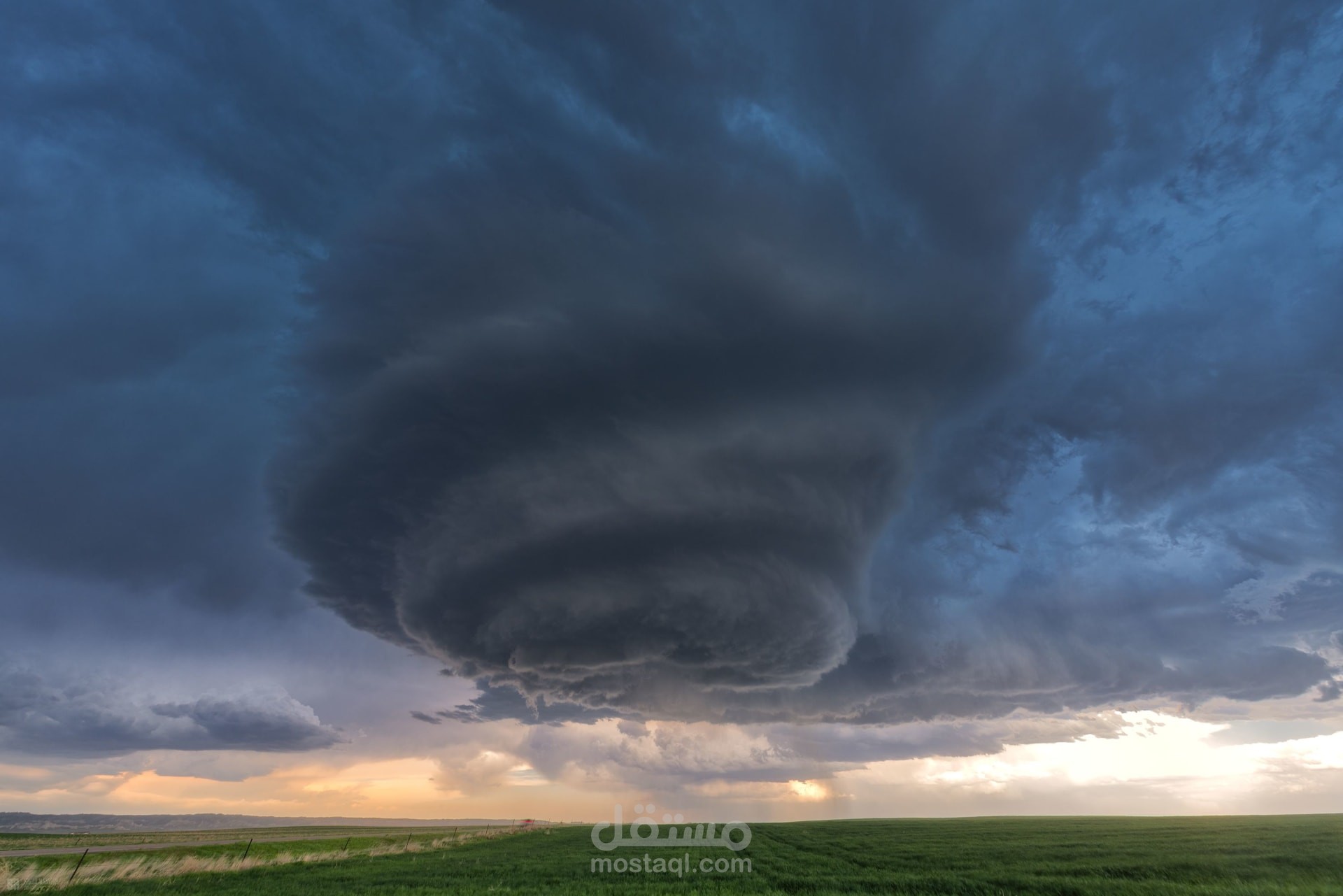Article about storms
تفاصيل العمل
The Power and Majesty of Storms: Nature’s Fiercest Phenomena
Storms are one of nature's most awe-inspiring and powerful phenomena. These intense weather events can range from brief thunderstorms to massive hurricanes, each displaying the raw and untamed force of the natural world. Storms have fascinated and terrified humanity for centuries, shaping myths, inspiring art, and compelling scientific study.
Types of Storms
Storms come in various forms, each with unique characteristics and impacts:
Thunderstorms: These are common but can be extremely powerful. Thunderstorms are characterized by lightning, thunder, heavy rain, and sometimes hail. They form when warm, moist air rises and cools, leading to the formation of cumulonimbus clouds.
Tornadoes: Often arising from severe thunderstorms, tornadoes are violently rotating columns of air that extend from a thunderstorm to the ground. They can cause devastating damage with their high wind speeds, often exceeding 300 miles per hour.
Hurricanes and Typhoons: These are large, powerful tropical storms with wind speeds of at least 74 miles per hour. Known as hurricanes in the Atlantic and northeastern Pacific, and typhoons in the northwestern Pacific, they bring heavy rain, strong winds, and storm surges that can cause widespread destruction.
Blizzards: Blizzards are severe snowstorms characterized by strong winds and low visibility due to blowing snow. They can lead to dangerous conditions, including power outages and transportation disruptions.
Cyclones: Cyclones refer to large-scale air masses that rotate around a strong center of low atmospheric pressure. They include tropical cyclones (like hurricanes and typhoons) and extratropical cyclones, which are common in mid-latitude regions.
The Science Behind Storms
The formation of storms involves complex atmospheric processes. Key factors include:
Temperature and Humidity: Warm, moist air is a critical ingredient for storm formation. When this air rises, it cools and condenses, forming clouds and precipitation.
Air Pressure: Differences in air pressure drive wind and storm development. Low-pressure systems typically bring stormy weather, while high-pressure systems are associated with calmer conditions.
Wind Shear: The variation of wind speed and direction with altitude can influence the development and intensity of storms, particularly tornadoes and hurricanes.
Geographical Factors: The location and topography of an area can affect storm patterns. Coastal regions, for example, are more prone to hurricanes, while flat plains are more susceptible to tornadoes.
The Impact of Storms
Storms have a significant impact on the environment, infrastructure, and human lives:
Environmental Effects: Storms can reshape landscapes through erosion, flooding, and landslides. They also play a role in natural processes, such as distributing heat and maintaining ecological balance.
Economic Impact: Severe storms can cause substantial economic losses due to damage to property, infrastructure, and agricultural land. The cost of rebuilding and recovery can strain resources and impact economies, particularly in developing regions.
Human Safety: The primary concern during storms is the safety of people. Storms can lead to fatalities, injuries, and displacement. Effective forecasting and emergency preparedness are crucial to minimize these risks.
Psychological Effects: The aftermath of a severe storm can have long-term psychological effects on individuals and communities, including stress, anxiety, and trauma.
Preparing for Storms
Given their potential for destruction, preparing for storms is essential. Key measures include:
Forecasting and Early Warning Systems: Advances in meteorology have improved the accuracy of storm predictions. Early warning systems and timely alerts can save lives by allowing people to take necessary precautions.
Infrastructure Resilience: Building resilient infrastructure that can withstand storm impacts is crucial. This includes reinforcing buildings, bridges, and roads, as well as implementing effective drainage systems to prevent flooding.
Emergency Planning: Communities and individuals should have emergency plans in place. This includes knowing evacuation routes, having emergency supplies ready, and staying informed through reliable sources.
Climate Change Mitigation: Addressing climate change is vital, as it influences the frequency and intensity of storms. Reducing greenhouse gas emissions and promoting sustainable practices can help mitigate these effects.
The Awe of Storms
Despite their potential for destruction, storms also inspire awe and respect for the power of nature. They remind us of the dynamic and ever-changing world we live in, highlighting both its beauty and its fury. From the dramatic lightning of a thunderstorm to the immense power of a hurricane, storms captivate our imagination and challenge our understanding of the natural world.
Conclusion
Storms are a testament to the incredible forces at work in our atmosphere. While they can bring destruction, they also play a vital role in the Earth's natural processes. By advancing our understanding of storms and improving our preparedness, we can better navigate the challenges they present while appreciating the majesty they bring to our planet. Storms, in all their forms, are a powerful reminder of the delicate balance between humanity and the environment.
بطاقة العمل
| اسم المستقل | محمود ب. |
| عدد الإعجابات | 0 |
| عدد المشاهدات | 6 |
| تاريخ الإضافة | |
| تاريخ الإنجاز |
